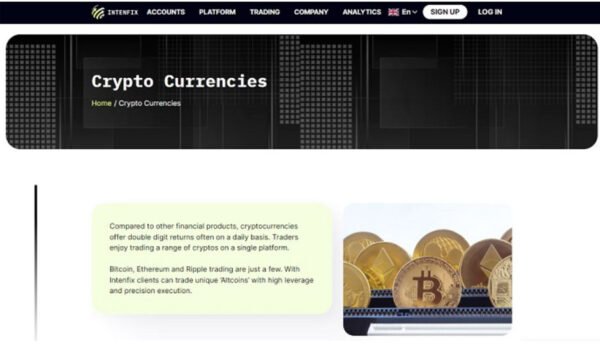What Are the Basics of the Liquid Network for Newcomers?

Despite its popularity, obstacles are preventing the widespread adoption of Bitcoin. Its slow-paced transaction processing speed—only 5-7 transactions are processed every second as opposed to thousands by systems like Visa—is the fundamental problem. Due to lengthy confirmation delays, this latency discourages institutional investors and irritates retail buyers. You might also like to learn about BTC investing and this resource instant-boost-ai.com/ is a game changer in this field. Register, connect with an expert and start learning.
Due to Bitcoin’s transparency, large-scale buyers are more susceptible to front-running due to privacy concerns. Both layer-2 solutions, which manage transactions off the main chain while maintaining security and immutability, and layer-1 modifications, which might affect network decentralization and include the SegWit2X proposal that was rejected, are solutions.
Liquid Network Explained
As a sidechain connected to the Bitcoin blockchain, the Liquid Network runs. Sidechains, like the Liquid Network, are supplementary networks that communicate with the main blockchain using a “two-way peg.” Users may use their tokens and coins on many blockchains with ease thanks to the Liquid Network’s 1:1 value matching of assets to their original assets. It utilizes many methods to handle more transactions with higher confidentiality while running on top of Bitcoin. Institutional investors, exchanges, and cryptocurrency traders seeking greater privacy and quicker transactions are the key target markets for The Liquid Network. Regular investors must go through a Liquid Network member to access it; they cannot do so directly.
How does Liquid Network operate?
Simply put, the Liquid Network for its platform develops a unique kind of Bitcoin dubbed L-BTC. Send traditional BTC to a Lightning Network address on the blockchain first in order to use it. After 102 confirmations, an equivalent quantity of L-BTC is generated on the Liquid Network and transmitted to your address. Within the Liquid Network, you are free to utilize this tokenized BTC in any way you see fit, whether that be for trade, purchasing goods or virtual collectables.
Sending L-BTC to a specific address for burning triggers a “peg-out” when you want to convert it back to BTC. A participant of the Lightning Network returns your original Bitcoin to your Bitcoin address after two confirmations. The Liquid Network has a distinct method for adding new blocks, unlike Bitcoin. It organizes transactions into blocks and has 15 Liquid Network Functionaries, who run full nodes and approve each block. These Functionaries share fresh blocks on the network and validate fresh transactions. To increase the secrecy of Bitcoin transactions, Liquid also uses Confidential Transactions.
What are the benefits of using Liquid Network?
Greater Privacy
Bitcoin was created as a transparent system where everyone can view transactions and wallet balances connected to specific addresses by Satoshi Nakamoto. However, problems might arise from this transparency, particularly in cases of significant transactions. For instance, it could result in frontrunning, where third parties use transactions to their unfair advantage. This makes Bitcoin less appealing to investors. By implementing Confidential Transactions, which conceal crucial transaction information from outsiders, the Liquid Network addresses this issue.
Trustless Atomic Swaps
Atomic swaps give individuals a way to trade cryptocurrencies directly without the use of a trustworthy intermediary or an exchange. Using the open-source Liquid Swap application, members of the Liquid Network can accomplish this safely and without relying on anyone. For instance, they can use the Liquid Network to exchange tokenized BTC (L-BTC) for tokenized USDT (L-USDT). This improves liquidity and makes swapping BTC for other assets easier.
Speedy Transactions
The Liquid Network uses Signed Blocks to expedite transaction processing and validation. A big increase over Bitcoin’s 10-minute block confirmation period is the speed at which new blocks are confirmed—just under two minutes. For arbitrage traders who must quickly complete cross-exchange trades to take advantage of opportunities, this speed is very advantageous.



